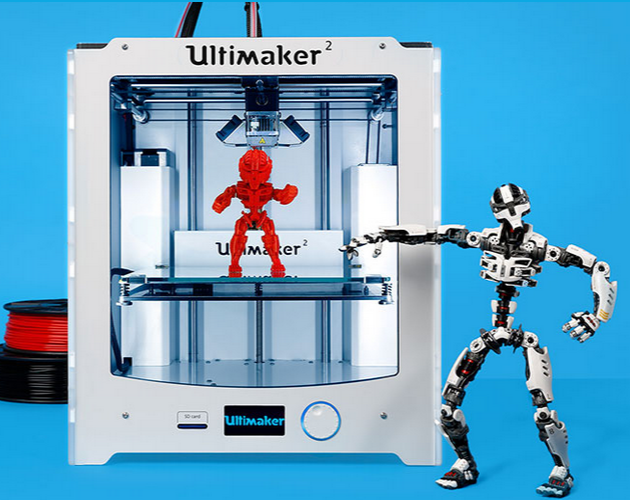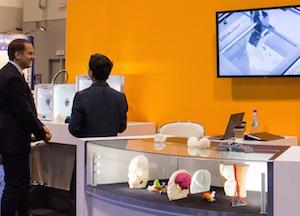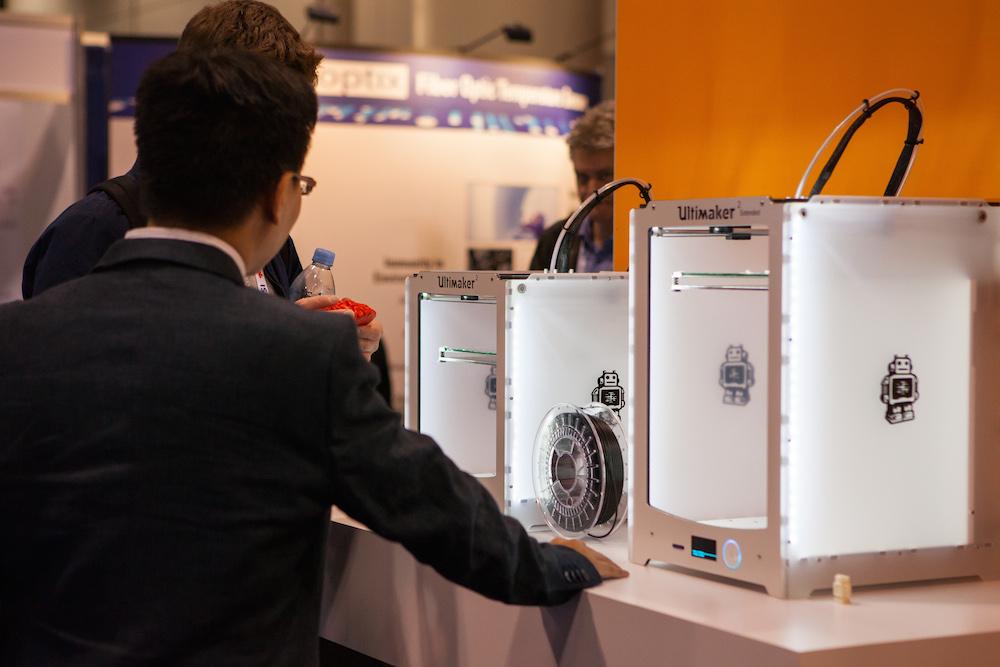 3D printing has certainly been responsible for revving up the excitement in many sectors over the past couple of years with innovations that have had even the least scientifically or technologically inclined sorts following with interest.
3D printing has certainly been responsible for revving up the excitement in many sectors over the past couple of years with innovations that have had even the least scientifically or technologically inclined sorts following with interest.
While aerospace, automotive, and manufacturing overall have been undergoing quite the revolution and transformation that has many companies and individuals looking toward the future with curiosity and enthusiasm, no sector has been more positively impacted or directly affected people than that of medicine. This is where 3D printing really does have the most importance. What could possibly be more important than helping to save human lives, or improve their quality?
Digital imaging in medicine has been behind a great portion of the innovations made in medicine as medical professionals are able to import data from scans and then make 3D models, which in turn help doctors and surgeons alike diagnose issues, decide on courses of treatment, rehearse procedures, and then even use the models further within the operating room. While the MRI has made 3D printing possible for medical models, now 3D printing is improving the MRI.
 Ultimaker and Philips are responsible for putting their teams together to bring forth an incredibly futuristic and improved way for doctors and patients to take a look at MRIs once scanning is completed by medical technicians. Using an Ultimaker2 Extended 3D printer to produce accurate models of MRI scans, the results allow everyone to use a more comprehensive way to understand a variety of medical conditions. This compact 3D printer was chosen due to its high-quality 3D printing, parallel to that of industrial 3D printers. The Ultimaker offers comparable results to expensive industrial 3D printers but is much more cost effective, it’s fast, and it’s low-maintenance–all of which makes it a great prototyping tool in a medical setting.
Ultimaker and Philips are responsible for putting their teams together to bring forth an incredibly futuristic and improved way for doctors and patients to take a look at MRIs once scanning is completed by medical technicians. Using an Ultimaker2 Extended 3D printer to produce accurate models of MRI scans, the results allow everyone to use a more comprehensive way to understand a variety of medical conditions. This compact 3D printer was chosen due to its high-quality 3D printing, parallel to that of industrial 3D printers. The Ultimaker offers comparable results to expensive industrial 3D printers but is much more cost effective, it’s fast, and it’s low-maintenance–all of which makes it a great prototyping tool in a medical setting.
With this new program, MRIs are translated into the physical form and entire organs can be visualized through the 3D oriented scans. The Ultimaker and Philips teams unfolded the story of their project at the 23rd annual meeting for the international society of medical professionals in the field of Magnetic Resonance. Held at the Metro Toronto Convention Centre last month, attendees were able to learn more about the latest innovations in MRIs and 3D printing, with the opportunity to check out several examples, in the form of:
- An aorta with a very visible aneurysm
- A cross-sectional model of a knee
- A whole human brain
- A combination of a full human head with the brain exposed
“For clinicians who look at MRI images daily, it is normal for them to interpret a 2D MRI scan and quickly translate that in their minds to where it should be within the human anatomy,” states the Ultimaker team on their blog regarding the project. “However, to illustrate it to people who are less familiar, such as students, patients or industry outsiders, it is a lot more difficult for those who are not so well versed with anatomy to visualize the MRI in the same manner.”
While obviously any refinements in medical data are useful to everyone, doctors in attendance did summarily agree that the 3D models would be a great new tool for discussing diagnoses with their patients. With a model that the patient can hold, turn over in their hands, and see in 3D, better comprehension of MRI data occurs during the office visit.
Have you had the opportunity to see a 3D printed model in any recent doctor’s visits? How do you see the technology further changing the face of medicine? Discuss in the 3D Printed MRI forum thread over at 3DPB.com.
Subscribe to Our Email Newsletter
Stay up-to-date on all the latest news from the 3D printing industry and receive information and offers from third party vendors.
You May Also Like
NSF Awards Kentucky $1M for Advanced Manufacturing
The National Science Foundation has awarded a $1 million grant to the University of Louisville for the Advancing Manufacturing and Building Construction Technologies (NSF AMT) project. This initiative is part...
3D Printing News Briefs, May 11, 2024: 3D Printed Stent, Tower, Sculptures, & More
We’re starting off with medical research in today’s 3D Printing News Briefs, as researchers in Korea used CT images and 3D printing to fabricate an educational simulator for a mastoidectomy....
3D Printing Unpeeled: Wind Turbines, Probiotics and Lenses
TPI Composites, ORNL and Ingersoll Rand are working to make wind turbine tooling segments that can be 18.3 meters long. These elements also include resistive wires that help keep the...
Tethon 3D Releases Cost-effective Bioprinter
Tethon 3D, known for its ceramic-loaded DLP materials, custom resins, and DLP 3D printers, has recently released a bioprinter. Vat polymerization printers like DLP systems have been widely used by...
































